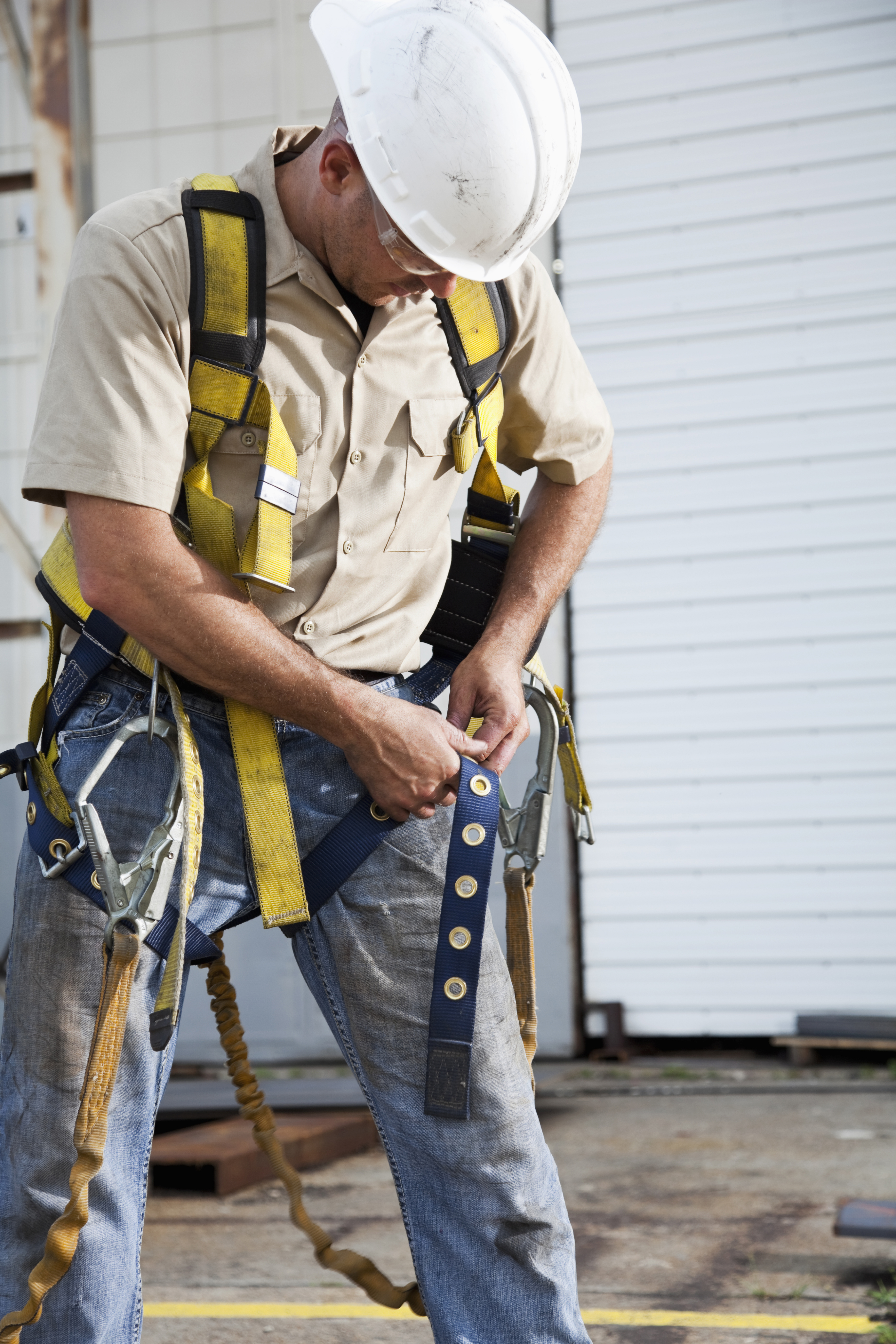By Monica Szabo
Special to Ontario Construction Report
On every job, workers risk suffering workplace injuries, and construction activities can be one of the most hazardous job sites for these top five hazards:
1. Working at Heights
Employers must ensure that certain workers complete a working at heights training program that has been approved by the Chief Prevention Officer. Only an approved training provider can deliver training for those workers that work under the construction regulations.
The only way to know what training you require is to conduct a proper assessment of your work tasks to determine legislative requirements.
2. Struck-By Hazards
Struck-by injuries are produced by forcible contact or impact between the injured person and an object or piece of equipment. It is your organization’s obligation to provide workers with information to recognize common struck-by hazards at construction worksites so that workers are trained to understand:
- What is a struck-by hazard?
- Common types of struck-by hazards in construction
- How can I protect myself?
- What is my employer required to do to protect workers?
3. Confined Spaces
Confined spaces are dynamic environments that need to be evaluated for site safety. A good confined space training program will guide participants through the elements covered in Confined Space Entry Reg. 632/05, including the recognition of confined spaces, descriptions of potential hazards and controls for managing these hazards, including rescue plans.
Two conditions must be met in the definition of confined space, and the employer must determine whether any space meets the definition of a “confined space:”
(a) that is not both designed and constructed for continuous human occupancy, and
(b) in which atmospheric hazards may occur because of its construction, location or contents or because of work that is done in it.
Credit Source: The Robert E. Miller Group “Construction Hazards Do You Know The Risks?”
4. Electrocutions
Exposure to electricity is a major cause of death among construction workers. Among electricians, the most serious concern is working “live” or near live wires. It is critical to de-energize and use lockout/tag out procedures to reduce the risk of injury. Among non-electricians, failure to avoid live overhead power lines and an apparent lack of basic electrical safety knowledge are the major causes. Workers working around electricity should:
- De-energize and lock out or tag out electrical circuits/parts
- Work only on live electrical circuits/parts in accordance with a permit system with specific procedures and if you are qualified to do so
- Wear appropriate protective equipment and use proper tools when de-energizing or testing live electrical circuits/parts
- Disconnect tool plugs before inspecting or repairing
- Keep at least 10 feet from live overhead power lines
- Keep metal objects away from live electrical circuits
Credit Source: Electronic library of construction Occupational Safety & Health – Michael McCann, PhD, CIH, Director of safety research at Center for Construction Research & Training.
5. Musculoskeletal Disorders (MSD)
Every day on construction sites, workers use muscles, tendons, ligaments and joints to lift, push/pull, carry, kneel, stand, walk, move and work in a variety of ways. However, sometimes these tasks can put too much demand on workers bodies, causing pain and discomfort. Examples:
- Unsafe lifting, lowering, pushing, pulling and carrying
- Obstructions along routes of access
- Poor housekeeping and improper storage of materials
- Unsafe use of ladders and lack of training
- Poor maintenance of vehicles, machinery, and equipment
- Inappropriate use of equipment by workers for overhead work
The importance of a Joint Health and Safety Committee
Every business in Ontario with 20 or more workers is required to have a Joint Health & Safety Committee (JHSC) trained in common workplace hazards. To ensure training standards maintain quality and consistency, the Ministry of Labour will be implementing a new training standard March 1, 2016.
For information on PSHSA’s JHSC training program and the new standard: pshsa.ca/jhsc
Monica Szabo, is executive director, government, municipal and public safety for the Public Services Health & Safety Association (PSHSA). PSHSA works with Ontario’s public sector workers and employers, providing occupational health and safety training, resources and consulting to reduce workplace risks and prevent workplace injuries and illnesses.



Bad behavior by drivers in construction zones is also a big problem and a great hazard. ORBA launched a campaign a few months ago addressing this issue. It’s worth checking out.